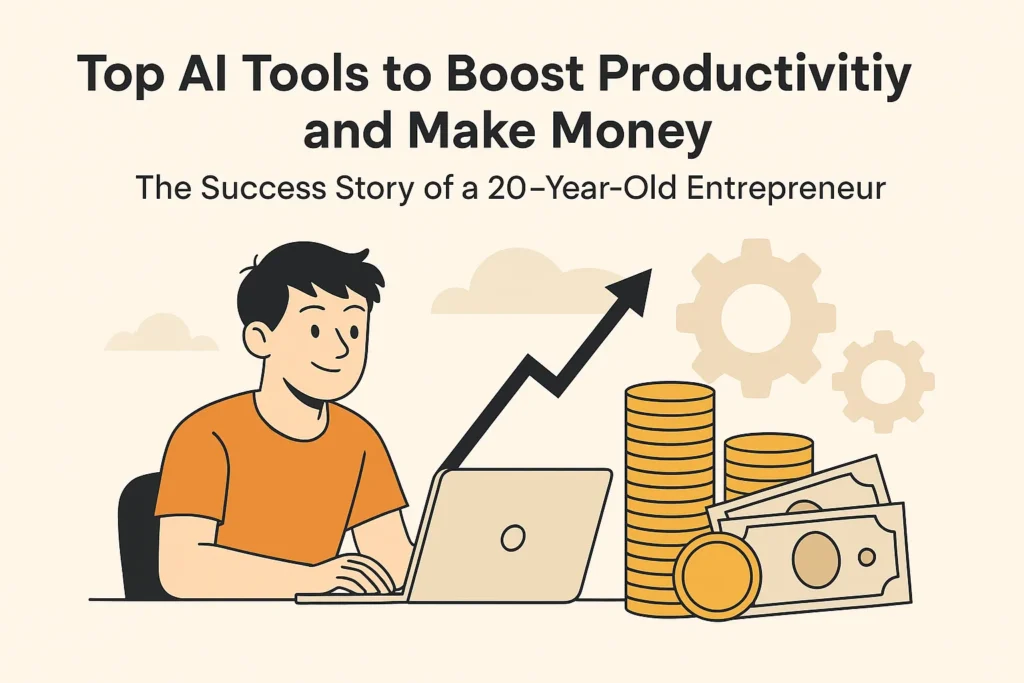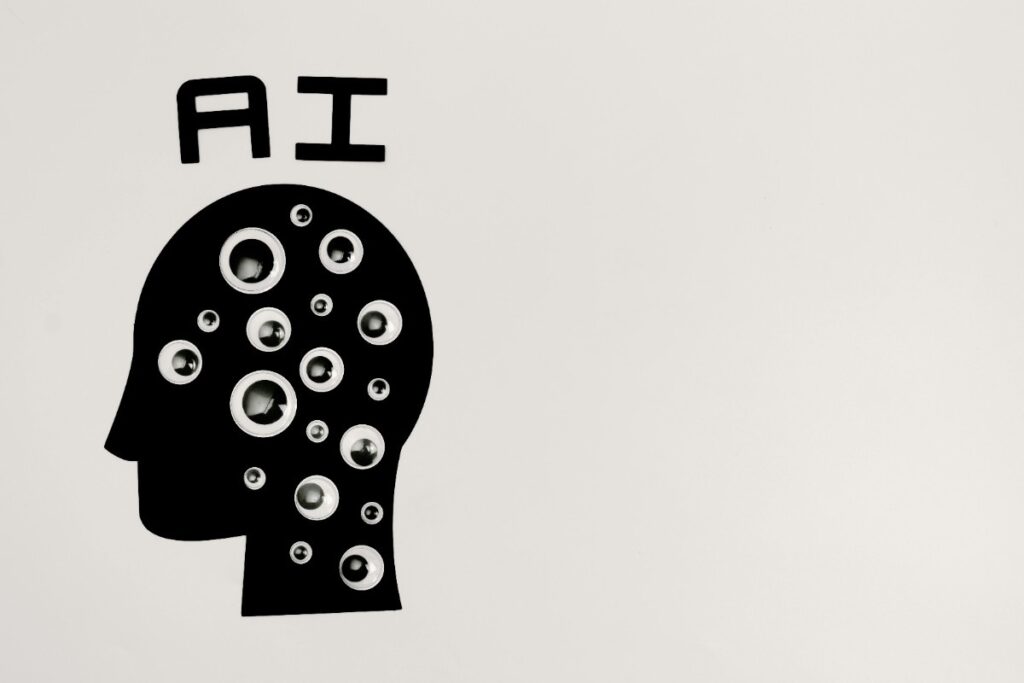Introduction: A New Era for AI with GPT-5
Artificial intelligence (AI) has come a long way, and with the upcoming release of GPT-5, OpenAI is pushing the boundaries of what’s possible. GPT 5 promises to be a groundbreaking upgrade that will redefine how we interact with AI. Sam Altman, OpenAI’s CEO, teased the launch weeks before its public debut, hinting at its potential to be the most significant update yet. But what exactly will GPT-5 do differently, and why might it have its biggest challenges?
By the end of this article, you’ll not only know what GPT 5 will change but also how its advanced reasoning and multimodal capabilities could reshape the AI landscape.
What’s New in GPT 5? The Biggest Leap Yet
On February 12th, Sam Altman shared a major update on X, addressing the recent confusion surrounding OpenAI’s product lineup. Previously, users noticed discrepancies between models—some were faster, others slower, and OpenAI had not fully explained the reasons. Altman revealed that their lineup was too complicated and promised to simplify things moving forward. He stated, “We hate the model picker as much as you do and want to return to Magic Unified Intelligence.”
So, what does GPT-5 bring to the table? Let’s break down the exciting features:
1. The End of Separate Models: A Unified Approach
With GPT-5, OpenAI aims to merge its existing models, uniting the GPT series and O series into a single, powerful system. This means GPT-5 will know when to think deeply and when to respond quickly, depending on the task at hand. No more model picking—GPT-5 will intelligently switch between modes, making it seamless and efficient for users.
2. Advanced Reasoning with Chain of Thought
GPT-5 introduces chain of thought reasoning, a significant step forward in AI’s logical processing capabilities. Unlike previous models, GPT 5 will think before responding, mimicking human reasoning to solve complex problems in a more thoughtful and organized manner. This advancement is expected to enhance performance in tasks like math problems and logic puzzles, areas where previous models struggled.

3. Multimodal Capabilities: Text, Images, and Beyond
GPT-5 is set to take multimodal input to the next level. GPT-4 introduced the ability to process text and images, but GPT-5 will likely handle even more input formats, including audio and possibly even video. Imagine interacting with AI in a conversation, switching between text and voice, and even uploading images or video for analysis—all in one ongoing exchange.
Potential Pitfalls: Can GPT-5 Deliver?
While GPT-5 promises massive improvements, its development has faced significant challenges. In 2024, rumors surfaced about delays and budget overruns in GPT-5’s training process. OpenAI had to deal with issues related to the lack of diverse data and the high costs of training the model—reportedly around $500 million per cycle. These setbacks highlighted the complexity of building an AI that could surpass its predecessors without hitting roadblocks.
Moreover, the road to AGI (Artificial General Intelligence) is still unclear. Although GPT-5 will be a huge leap in intelligence, it may not fully qualify as AGI just yet. GPT-5 will be incredibly advanced, but it might still struggle with certain nuanced tasks or make occasional errors.
How GPT-5 Will Change the AI Landscape
1. Greater Integration with Tools and Systems
One of GPT-5’s most exciting features is its ability to integrate seamlessly with external systems, such as calendars, project management tools, and more. Imagine having an AI assistant that not only responds to your queries but also manages your tasks, automatically making adjustments based on your needs. GPT-5 could take over routine tasks, giving you more time for high-priority work.
2. Personalization Like Never Before
With persistent memory becoming more reliable in GPT-5, expect the model to remember important details about you. From your favorite activities to your preferences, GPT-5 could tailor its responses to better suit your needs. This will be a game-changer for personalized assistance.
Conclusion: GPT-5—The Future of AI is Almost Here
As GPT-5 nears its release, it is clear that OpenAI is on the brink of revolutionizing AI as we know it. With unified intelligence, advanced reasoning, and multimodal capabilities, GPT-5 will not just be another AI upgrade but a complete shift in how we interact with technology. The possibilities are endless—from smarter conversations to more effective task management, GPT-5 will be a true assistant capable of handling diverse tasks efficiently.
So, what are you waiting for? Prepare yourself for the future of AI with the tools and knowledge you need to stay ahead. At Geek Academy, we offer in-depth AI courses and tools to help you master the evolving world of artificial intelligence. Join us today and become part of the next generation of AI experts.
FAQs: What You Need to Know About GPT-5
1. What is GPT-5’s biggest feature?
GPT-5 combines reasoning and multimodal capabilities into one unified model, making it smarter, more flexible, and able to adapt to various tasks effortlessly.
2. When will GPT-5 be released?
While OpenAI has not committed to an exact date, GPT-5 could arrive as early as spring or summer 2025.
3. How will GPT-5 handle tasks differently than GPT-4?
GPT-5 will seamlessly switch between quick answers and deep reasoning, while GPT-4 often struggled with complex reasoning tasks.

